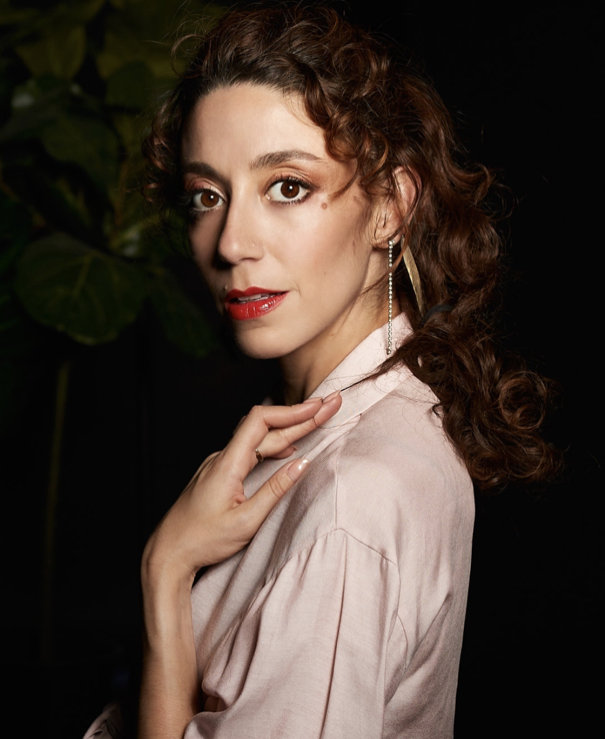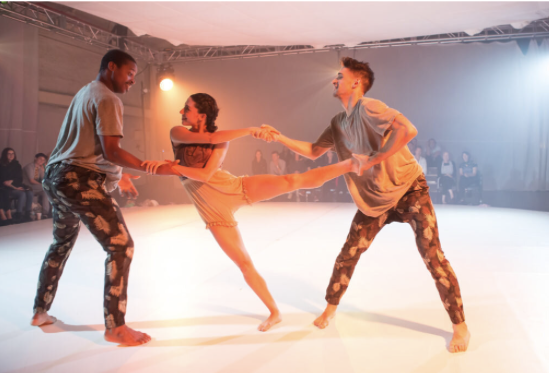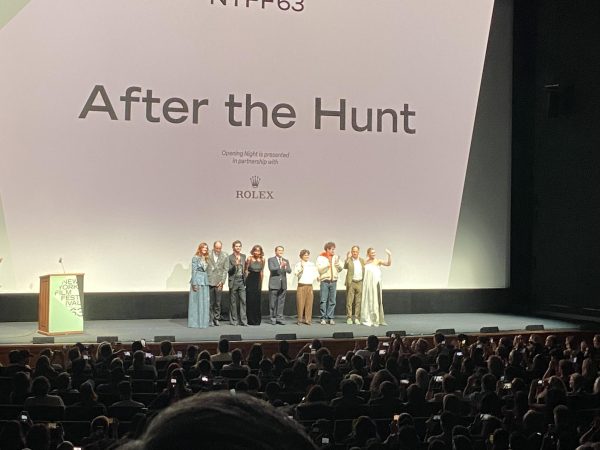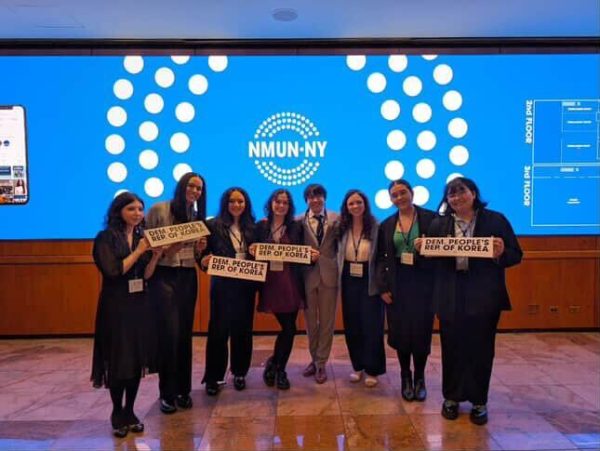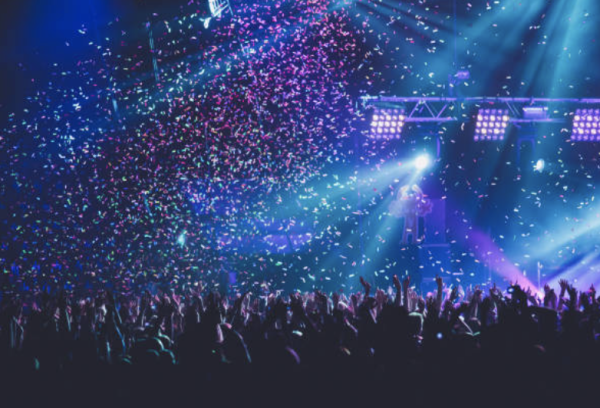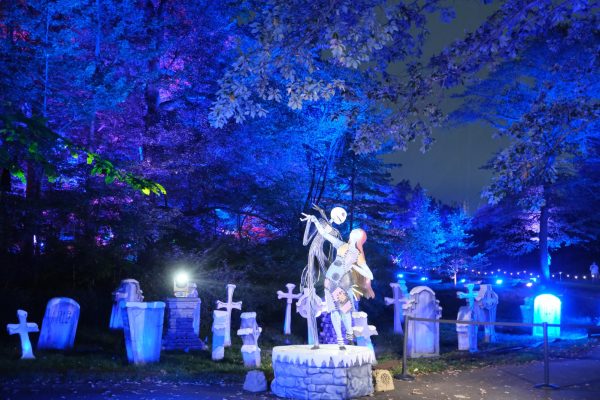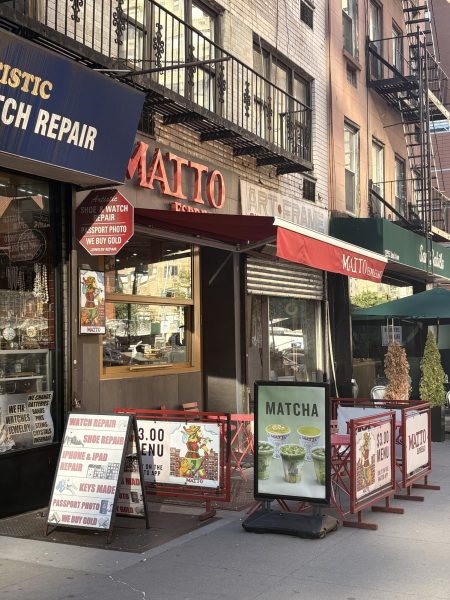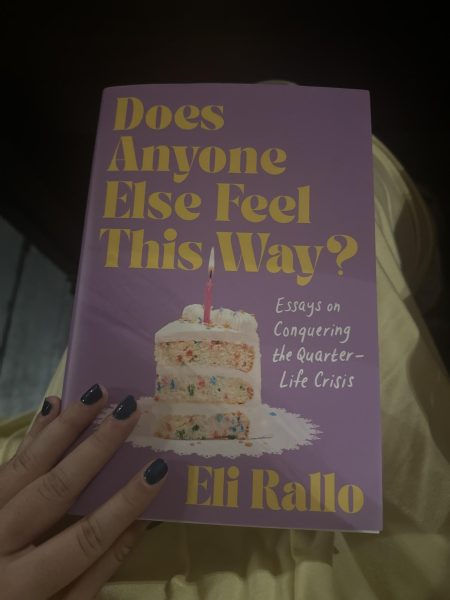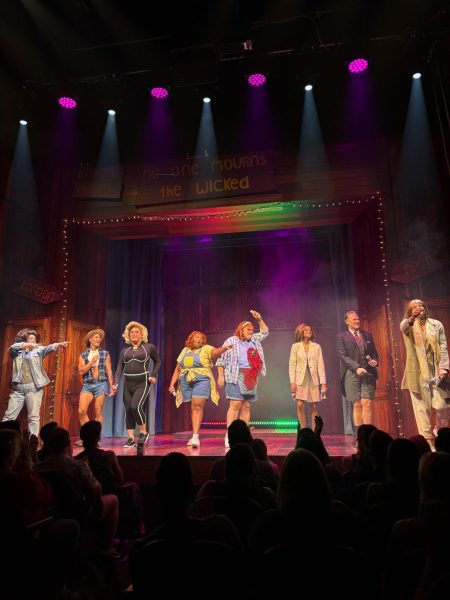Capturing the Creativity of An MMC Alum and NYC Famous Dance Photographer
Reading Time: 8 minutesCamera clicks and bright flashes of light flicker every couple of seconds. The room is filled with cheerful laughter and smiles from ear to ear. A dancer jumps elegantly through the air just as the flash captures them suspended in time. A monitor portrays each captured image featuring a variety of movements from extensions and jumps to hinges and inverted fluid poses. This is a place where creativity, individuality, and collaboration flourish. “Honestly it feels like you’re dancing in your bedroom while no one is watching. You just happen to be photographed too” says dancer Libby Dusek.
Known to be one of the best photographers in NYC, Jaqlin Medlock, specializes in dance photography and has captured images for some of the most prestigious performers in the industry. With over 17,200 followers on Instagram and anywhere up to ten shoots a month, Medlock’s work is rapidly gaining traction. Medlock has to balance 15-20 hours in the dance studio each week on top of all of this, making her schedule jam packed. Individuals from all over the country seek Jaqi out and come to her New Jersey studio apartment (that doubles as a photography studio and dance studio) just to experience a photoshoot with her.
Since 2011, Medlock has been a successful dancer with the Stephen Petronio Dance Company in New York City and still is while simultaneously running her own photography business, Jaqlin Medlock Photography. As a Marymount Manhattan College graduate with a BFA major in dance and a minor in photography, Medlock is putting both her degrees to good use. Medlock shares her journey of being a dance photographer and the art behind her craft:
Q: What do you think are the skills that overlap between being a dancer and being a photographer?
A: I think self discipline and an understanding of energy are the immediate skills that overlap between being a dancer and a photographer. Also an understanding of light and composition! The nature of performing on stage gives dancers an organic understanding of both. Both professions explore capturing an essence of something that’s intangible and open to interpretation.
Q: For our MMC students, would you recommend a dual degree? How did it help you?
A: I graduated as a dance major with a photography minor. I would absolutely recommend having a plan to do something that doesn’t rely on your physical body. Just like any athlete, injuries can happen at any time! I’m thankful for the sense of security photography has given me through injuries and spans of time with no dance work.
Q: Balancing one career is hard, but you are balancing two as a dancer and photographer – maybe even three because you are also a model – how do you balance these three in terms of day to day life and also in terms of work/life balance?
A: Work/Life Balance is an ever evolving constant that is always something I’m working on. It’s been a lot of trial and error! I’ve found that time blocking really works for me. I’ve set myself work hours and have decided that work includes photoshoots, editing, dance class, rehearsals and administrative stuff like answering emails and confirming photoshoots. If I can’t get it done during that time frame I have to reschedule it, so it forces me to be realistic about what I can achieve. I’ve also set myself off hours. If someone needs something urgently and I have to do it during my off hours I charge for it. Otherwise it cuts into my downtime and social life, which are the things I need to be the best and most creative version of myself. When I get overwhelmed and busy my self care is the first to go, quickly followed by my creativity. My solution was to implement all the daily things I need to do to feel healthy and grounded into a morning routine and make sure I actually do it. Learning to be selective and efficient with my time was a game changer for me. I’ve done my best to automate as much as possible and I had to make a point to understand my values and priorities. If an opportunity doesn’t align with my values and priorities I had to learn to say no (which is so hard for a recovering people pleaser!). Funnily enough, I feel like taking on less has manifested more quality opportunities to come my way.
Q: I love the description on your website that you “work with people who are in need of capturing movement,” Does being a dancer help you get more out of your photography?
A: Thank you! I’m glad you like that, as it truly is the one constant in all that I do… and it took some thought to put into words. I think being a dancer really does help me get more out of my photography, especially since I specialize in capturing movement. I have the language to communicate what I envision to get the most out of a photo and I basically took all the things I found helpful from my personal experience with dance modeling and made them all possible when I built my photo studio.
Q: You have such a diverse photographer portfolio. Can you tell me about your most favorite dance photo shoot?
A: Oh gosh! A favorite shoot?! That’s a tough one as I’m not sure I have a favorite! I can tell you the things that excite me the most though. I love working with people who are comfortable with themselves, I love mixing an element of fashion into my shoots, and I love photographing pregnant dancers! Photographing animals is also always a good day. I’m a huge animal lover.
Q: Do you ever encounter challenges working with dancers? Can you provide an example?
A: The biggest challenge I encounter as a dance photographer are people, who for one reason or another, have trouble trying something out of their comfort zone and working collaboratively. Dance photography is weird! Usually the things that feel awkward and ugly look the best, so it requires an open mind. It’s challenging when dancers get stuck in the mindset that they have to “pose” for the camera rather than provide movement for me to “catch.” It’s also challenging when photoshoots trigger low self esteem and low self confidence in dancers. I struggle with anxiety and self confidence myself, so I’m totally empathic when this happens. It can be really hard to look at photos of yourself without that inner critic taking over! I do my best to provide a safe space to explore and play and I take time at the end of the shoot to weed out the photos that people would rather not see again.
Q: What is your dream goal as a dance photographer – is there a specific person or event you want to cover?
A: My ultimate goal for many years was to photograph for the cover of Dance Magazine, but I have since accepted the reality that it probably won’t happen because it’s unfortunately a very male dominated niche. I was bitter about that for a while but upon deeper thought I realized that the reason I wanted to do that wasn’t for the bragging rights (although that would be cool) but really because I want to work with really good dancers! I’m already doing that! So I’m already living my dream. I love what I do.
Q: How has the field of dance photography changed since you began your career? Are you concerned about how AI may influence the future of photography?
A: I think the need for dance photos has changed since I started doing this. It used to be mostly for auditions, and while I still do take those photos, most of the work I do is for social media or to promote something really specific (like an upcoming performance). Social media definitely wasn’t a thing when I first started. As for AI, I have contradicting thoughts on it. I believe it does a disservice to the creative community, but I’m also excited about how it’s going to save me time, especially in terms of editing. Keying something out in photoshop used to take me hours and now it literally takes me seconds! It’s mind blowing. I also see AI being useful for creating mood boards and sparking inspiration. I’ve spoken to photographers who are fearful of AI replacing them, and quite surprisingly that’s not my reality. Perhaps I am naive, but I aim to capture the essence of a person, and I don’t see how AI can accomplish that. I see it more as a tool and hope to adapt and grow with technology as it advances.
Q: How has being a dance photographer changed your life as a dancer? Do you see yourself continuing with Stephen Petronio Company?
A: Dance photography has made me more aware of the viewer’s perspective while I’m dancing. I am hyper aware of the angle I lift my leg at and I’m always aware of where my light is. I’m also totally guilty of contouring my feet to look better on stage, just as I would retouch on my images. On the downside, I find learning off of video really hard. I think this is because I frequently flip right and left when directing a dancer during a shoot (for example, “lift your right arm a little higher” but they are facing me so it looks like their left arm), which has somehow made learning choreography off of video very confusing. If I face the video into a mirror and watch it that way it makes sense to me though, so there’s that. Aside from social dances like tango and salsa, Stephen Petronio Company is the only work that interests me at the moment. I’ve been there for 10 years and it feels like home, and the people like family. As photography is offering more and more opportunities worth my time and I continue to age (I’m 38 now) I do see a future where I’m no longer actively performing, but lucky for me I’m not there quite yet and Petronio still wants me around.
Q: As it is graduation season here at MMC, what advice would you give to newly graduating artists?
A: My best advice is to remain open minded and make friends with the people you see often. I’m so at home with Petronio, but I almost didn’t audition because I didn’t think it would be a good fit for me! I know auditions are not quite the same as they were pre-covid, but when I was fresh out of college and auditioning I would invite the familiar faces to meet up at a bar nearby the audition if they got cut. It really flipped a potentially sad moment to a happy one when you entered the bar and people were there cheering for you who also got cut. It formed long lasting friendships. Those people eventually made their own companies or started their own schools or became teachers and they hired me as their photographer and still do.
* No changes have been made to this Q&A *
Medlock’s passion for her craft shines through in her work. With such high demand, Jaqi has had to expand her work force, hiring social media assistants and other personal assistants. These individuals work with her social media presence, recording inside footage of shoots through Instagram reels and stories. Jaqi’s expansion of her social media presence broadens her scope of reach, allowing her to receive more recognition and in turn, more business. Medlock has photographed headshots, dance shots, group photos, and other photos for many graduates and current members of Marymount Manhattan’s Dance Department. Medlock even has members Marymount Manhattan senior BFA Dance major Alicia Steeves. Steeves now has her own growing photography business that was possible with the guidance and mentorship of Medlock.
In the dance industry, photographs, whether they be headshots or dance photos, can be make or break in terms of getting hired for jobs during the audition process. Along with a resume, headshots and dance photos are passed around to casting agent after casting agent, meaning there must be something about one’s photo that makes them stand out. Dance photography requires a certain skill set where photographers must capture motion in ways that other photography genres do not. This includes an impeccable sense of timing and form, eye movement, a concept of composition and form, and a knowledge and passion for dance as an art form. Medlock has the talent and skill set for this difficult job. Medlock was quoted in Dance Informa Magazine and she stated “My careers help each other. My photographer brain makes me aware of where my light is and what angles the audience is seeing me from while I’m dancing on stage.”

